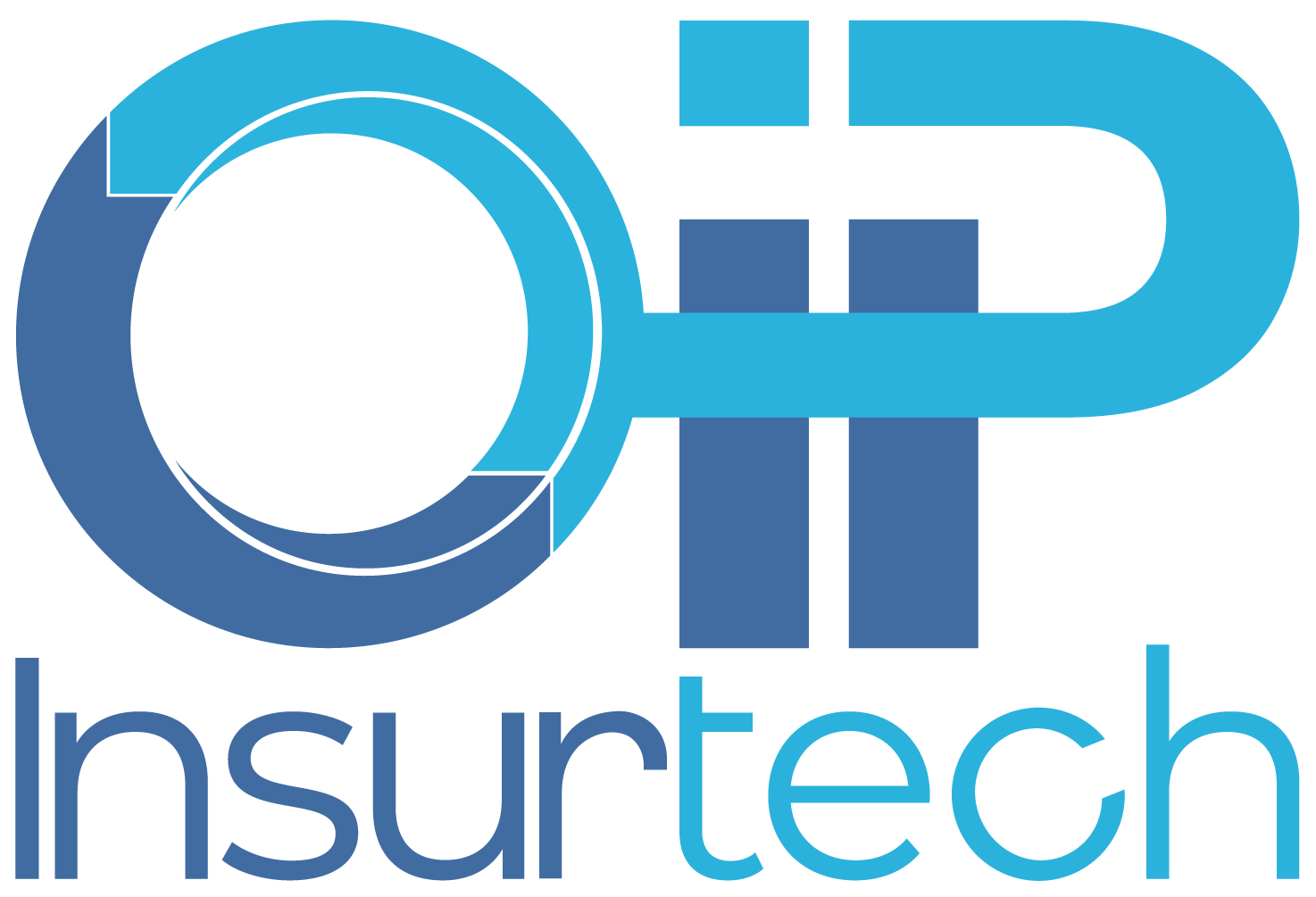How to Automate Data Entry to Expedite Insurance Claims
Processing insurance claims often involves a mountain of paperwork – everything from repair invoices to medical bills – all of which must be typed into a system, verified, and then rechecked. These slow, manual steps frustrate adjusters, delay settlements, and erode policyholder satisfaction. Spending hours keying in data can differentiate between retaining a customer or losing them to a more efficient competitor.
That’s where automated data entry for insurance claims comes in. By using AI-driven tools to capture, classify, and feed data directly into claims management systems, insurers slash turnaround times, cut labor costs, and free adjusters for the human tasks that matter most.
This article explores how automating claims data entry accelerates the entire process and provides a significant edge in today’s demanding insurance environment.

Understanding the challenges of manual claims processing
Time-consuming steps
Many insurers rely on manual data entry across numerous forms and documents. Adjusters or support staff spend hours extracting policy numbers, coverage details, and claimant information from paperwork. These repetitive tasks lengthen response times and create backlogs—especially problematic during surge events like storms or busy renewal periods.
Error-prone environment
Multiple touchpoints in the claims process increase the risk of typos and missing fields, all of which lead to costly rework. Inaccurate entries can cause underpayments or delayed approvals – two outcomes that frustrate customers and inflate operational expenses. Maintaining consistent accuracy under these conditions is an uphill battle.
Customer impact
Policyholders already face stress when filing a claim, and extended delays worsen their experience. People expect prompt updates and clear communication, yet manual handling often results in slow turnarounds and inconsistent information. In a highly competitive market, such service gaps can push customers to seek insurers with more efficient claims processes.
What automated data entry for insurance claims entails
Moving beyond basic OCR
Traditional optical character recognition (OCR) is a starting point – it translates scanned text into digital characters. However, modern automated data entry solutions go further by using machine learning to parse specific data fields, identify key terms, and handle different document formats. Rather than just converting text, they actually understand the structure and purpose of the information.
Real-time integration
Whether it’s an API-based link to a modern core system or RPA for legacy platforms, automation solutions feed extracted data directly into claims software. Adjusters don’t have to switch between screens or manually paste details into spreadsheets, which drastically reduces the chance of error.
Human-in-the-loop
Full automation doesn’t mean excluding human expertise. Complex claims or unique coverages often need an underwriter or adjuster’s insight to ensure the data’s context is correct. Having a knowledgeable person step in at key checkpoints ensures that edge cases and specialized scenarios are still handled with care.
Benefits of automated data entry for claims
- Faster settlements: Automated data extraction accelerates each step of the claims process, from the first notice of loss through the final payment. By parsing documents in minutes rather than hours, insurers can finalize legitimate claims far more quickly, which leads to satisfied policyholders and a stronger market reputation.
- Reduced costs: Fewer manual tasks mean fewer full-time employees dedicated solely to data entry. That translates to lower administrative expenses and less reliance on overtime or temporary hires during peak claim periods. The results include a leaner operation that can scale more effectively.
- Improved accuracy and compliance: AI minimizes transcription errors and inconsistent data. With clear audit trails and automatic document classification, insurers can easily meet regulatory standards, avoid penalties, and prove due diligence during audits or investigations.
- Better customer experience: Policyholders appreciate quick updates, transparent communication, and timely payouts. Automating routine data-entry tasks frees adjusters to focus on high-value interactions—like discussing coverage details or clarifying unusual losses – thereby delivering a more personalized touch that can foster loyalty.

Use cases where automation makes a difference
First notice of loss (FNOL)
When a policyholder reports an incident, the sooner the relevant details get into the system, the faster adjusters can begin resolution. Automated data extraction instantly classifies emails, forms, and photos, feeding pertinent information into the claims management platform. It eliminates backlogs that often form at the intake stage.
Claims documentation management
Loss runs, medical invoices, and inspection reports often arrive in various formats, making manual reviews cumbersome. An automated solution reads each document, pinpoints key data points (like dates of service or repair costs), and consolidates them for quicker verification. Adjusters save time reconciling these pieces, speeding up the entire claims cycle.
Complex claims
Even high-severity cases – like catastrophic weather events or intricate liability claims – benefit from partial automation. While an adjuster may still need to investigate special details or interpret nuanced policy language, automated data entry ensures all baseline facts and figures are accurately captured first. That efficiency reduces errors and frees the adjuster to focus on complex decision-making.
ETL for legacy systems
Many insurers still rely on older software to handle claims. Automated data extraction tools can connect via RPA or straightforward APIs to move policy and claim data between systems. That allows companies to tap into the benefits of automation without having to rebuild their entire tech stack from the ground up.
Overcoming common adoption challenges
Legacy systems
Many insurers operate on decades-old platforms that lack modern APIs. Introducing automated data entry can feel daunting if the software has limited integration options. However, robotic process automation (RPA) lets insurers overlay automation on top of existing systems—capturing data from PDFs, scanned documents, or incoming emails. This approach reduces the need for an expensive system overhaul.
Workforce skepticism
Employees accustomed to manual processes may worry that automation puts their roles at risk. Insurers need a clear plan to train staff, showing them how the technology eliminates repetitive tasks while freeing them for higher-value work. Once people see the benefits – fewer errors and faster results – they typically embrace the new approach.
Security and data integrity
Insurers handle sensitive personal information and must meet strict regulatory requirements. Automation platforms must encrypt data in transit and at rest, maintain a thorough audit trail, and comply with relevant data protection laws. By choosing solutions with robust security features, insurers can mitigate potential risks and instill confidence that their processes remain compliant.
Selecting the right automated claims partner
Criteria to consider
Not every AI vendor truly understands the intricacies of insurance claims. Look for a provider with a proven background in the industry—one that can handle everything from first notice of loss to subrogation. Pay close attention to their track record on data accuracy, system integrations (API vs. RPA), and ongoing customer support.
Scalability and flexibility
Claims volumes can fluctuate drastically – especially after major events like hurricanes or floods. A partner’s solution must flexibly ramp up to handle sudden surges without sacrificing speed or precision. Also, ensure that any tool you adopt can integrate smoothly with existing platforms, whether advanced or decades old.
Why human expertise matters
Even the best AI fails if it’s built in a vacuum. Insurance claims involve complex legalities, evolving regulations, and unique coverage scenarios—factors generic tech solutions often overlook. That’s why OIP Insurtech stands out – our team has lived the day-to-day claims workflows. Rather than merely supplying a tool, we bring hands-on industry knowledge that aligns technology with real-world processes, ensuring you don’t just get faster – but better claims.

How does the NT Extractor help
NT Extractor offers a practical blend of AI-driven efficiency and on-the-desk insurance know-how for insurers ready to take claims automation to the next level. Unlike generic solutions, NT Extractor was developed by professionals who’ve lived and breathed daily claims workflows, ensuring that each step – data capture, classification, validation – is tailored to real-world requirements.
Speed and accuracy
NT Extractor relies on powerful AI algorithms to sift through submissions, invoices, and loss runs, achieving up to 99% accuracy in record time. Adjusters no longer waste hours rekeying data, while policyholders see their claims settled faster.
Easy integration
Whether your core system supports modern APIs or requires an RPA overlay, NT Extractor fits seamlessly into your existing environment. This flexibility means you can reap the benefits of automation without a time-consuming overhaul of legacy software.
Insurance-bred expertise
Plenty of tech vendors promise efficiency, but the real difference is having a solution built by individuals who actually understand the nuances of coverage limits, endorsements, and carrier requirements. That insider perspective allows NT Extractor to capture exactly what underwriters and adjusters need, from specialized forms to niche risk details.
Future-ready approach
Beyond handling today’s submissions and claims, NT Extractor sets insurers up for tomorrow’s innovations. Structured, accurate data opens the door to advanced analytics, predictive modeling, and AI-driven decision-making that can transform insurance operations beyond the claims department.
Final verdict
Automated data entry is quickly becoming a non-negotiable for insurers who want to deliver faster settlements and meet rising customer expectations. Adopting AI-driven tools transforms manual workloads into streamlined processes, freeing insurers to focus on what’s next in a competitive market.
Key takeaways
- Faster claims: Reduce bottlenecks and expedite customer payouts.
- Lower costs: Reassign staff from repetitive tasks to higher-value roles.
- Improved accuracy: Minimize human errors and enhance regulatory compliance.
- OIP Insurtech advantage: Benefit from industry expertise that targets real insurance challenges.
- NT Extractor: Achieve speed, accuracy, and a future-ready foundation for your claims operations.
Ready to explore how automated data entry can transform your claims process? Contact OIP Insurtech today to learn more.

